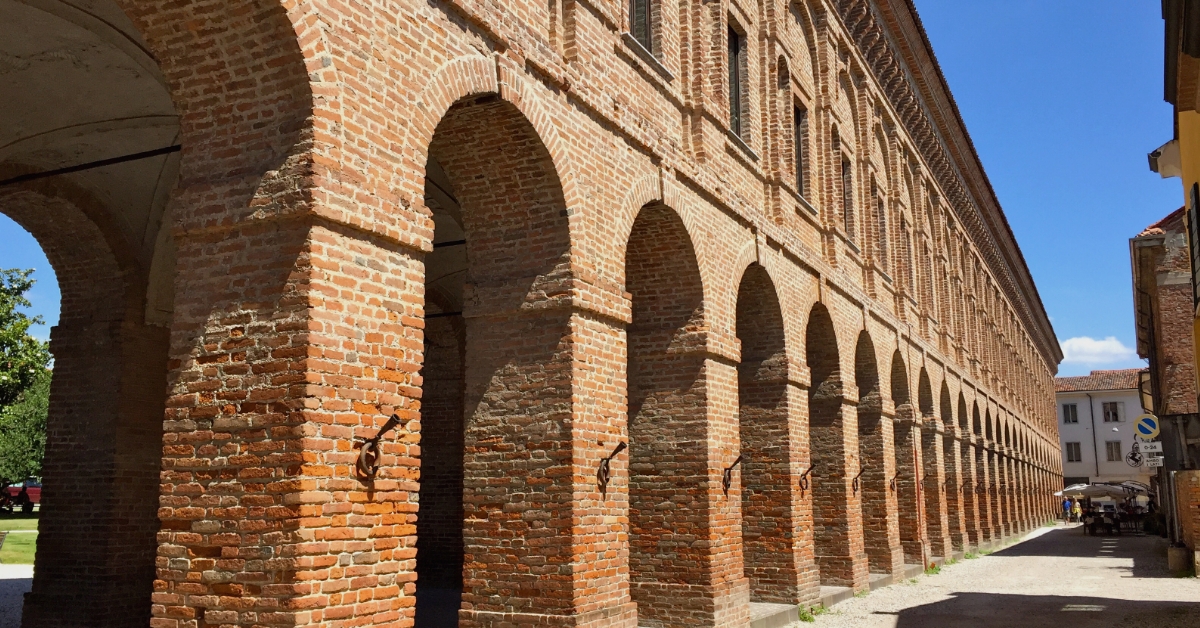Open Fiber – The “5G City” project prioritises citizens’ needs.
Open Fiber – The “5G City” project will maximise the use of innovative solutions and applications and taking full advantage of the opportunities connected with the fourth industrial revolution through the efficient and optimised management of frequencies and, more generally, infrastructure resources.
In the 5G city technological development and the diversified array of available services, able to interact with citizens and machines, will bring about significant improvements in life quality.
Use cases were identified by analysing the strategic role of 5G networks and their relative predicted economic and social impacts in the areas of Prato and L’Aquila. More specifically, it is hoped that the 5G networks will represent an enabling factor for various use cases, improving the quality of life of the community in the two provincial capitals in different sectors, from telemedicine to industry 4.0Industry 4.0 This term refers to the fourth industrial revolution and envisions a production process based on the connection between physical and digital systems, complex analyses through Big Data and real-time adaptations. In other words: use of web-connected machines, analysis of information from the web and the possibility of more flexible management of the production cycle. Enabling technologies range from 3D printers to robots programmed for certain functions, via cloud-based data management and data analysis to detect production weaknesses and strengths. It is the IoT applied to industrial production., public security to the promotion of cultural heritage through virtual and augmented realityAugmented reality A form of virtual reality in which computer-generated information elements are superimposed on the real scene perceived by a viewer. Applications based on augmented reality require the use of special glasses or devices with a camera such as a smartphone, so that images of reality can be overlaid with pictures, captions, and diagrams. Examples include applications that draw the outline of constellations by framing the stars in the night sky, games that immerse characters in an everyday environment, furniture simulators to display furniture inside empty houses, etc..
The 5G City project will be developed over a period of time with planned delivery in 2020 and in the final year will involve a commercial trial phase in order to test the innovative services developed by the Partners.
Here follows a short summary of the ‘use cases’ that will be developed in Prato and L’Aquila.
E-health
Improvement of the public health service (e-health services such as remote check-ups, remote consultancy and the remote monitoring of patients).
Industry 4.0
Evolution of the manufacturing industry (Industry 4.0: solutions that support the digital transformation and the protection of workplaces with the aim of moving towards a production sector characterised by the digitalisation of production processes.
Smart grid
Optimisation of electricity distribution grids (smart grids: evolution of the electricity grid towards a smart infrastructure, improving the technical quality of the distribution service and reducing the number and duration of service interruptions for customers).
Smart security
Improved public security (smart security: real time checks on the condition of road surfaces with electric vehicles with low environmental impact, constant monitoring of the community for abandoned waste, monitoring of criminality, etc.).
Smart monitoring
Management and prevention of emergencies (constant checks on the health status of buildings for earthquake prevention).
Agriculture 2.0
Certification and promotion of ‘Made in Italy’ (Agriculture 2.0, application of innovative solutions in the Agri-Food sector for the traceability of the production chain).
Virtual & Augmented Reality
Promotion of cultural heritage (use of Virtual and Augmented Reality technologies to guarantee enhanced new experiences with 360° immersive visits).
Connected Cars
Effective fleet management systems (connected cars: vehicles that constantly exchange information with each other via control centres in order to improve safety, reduce traffic and plan preferred routes, etc.).







